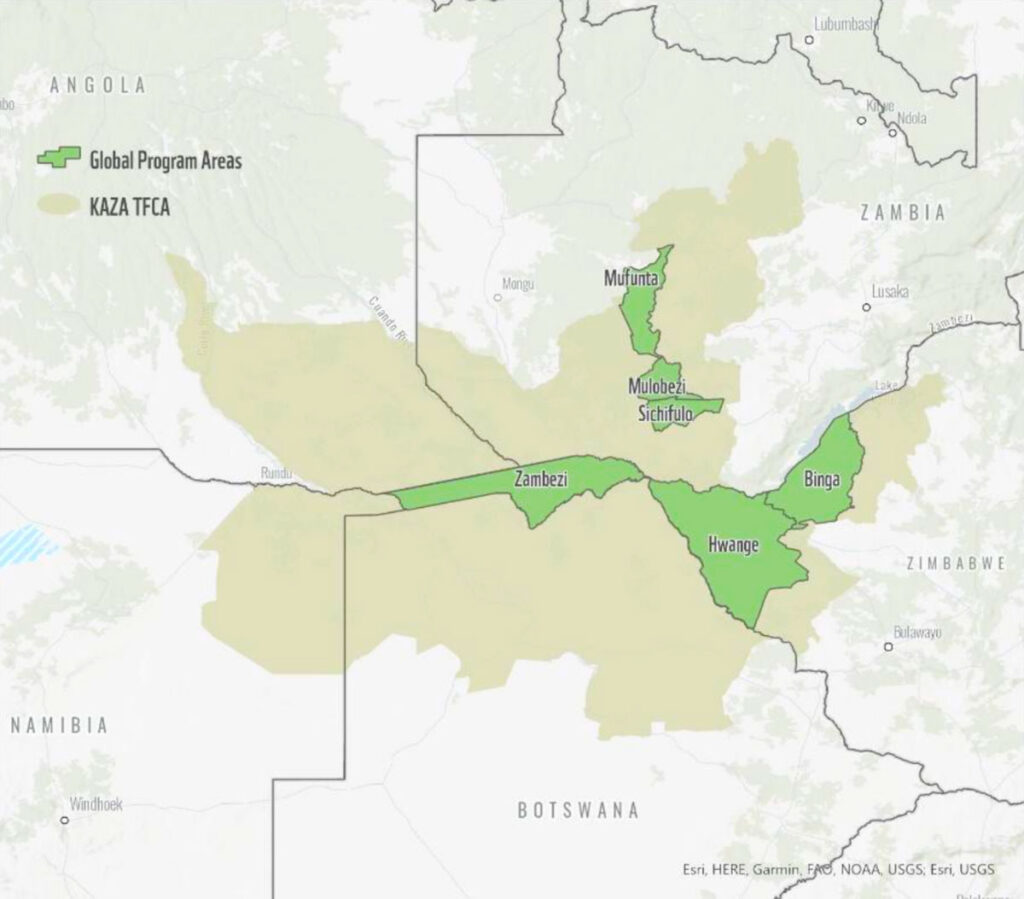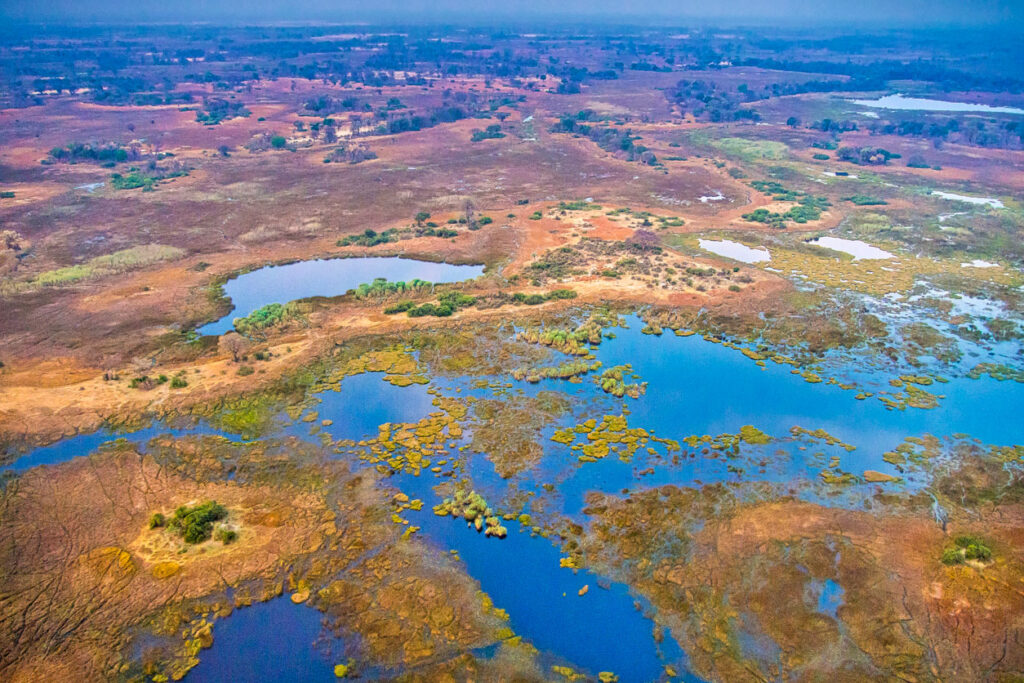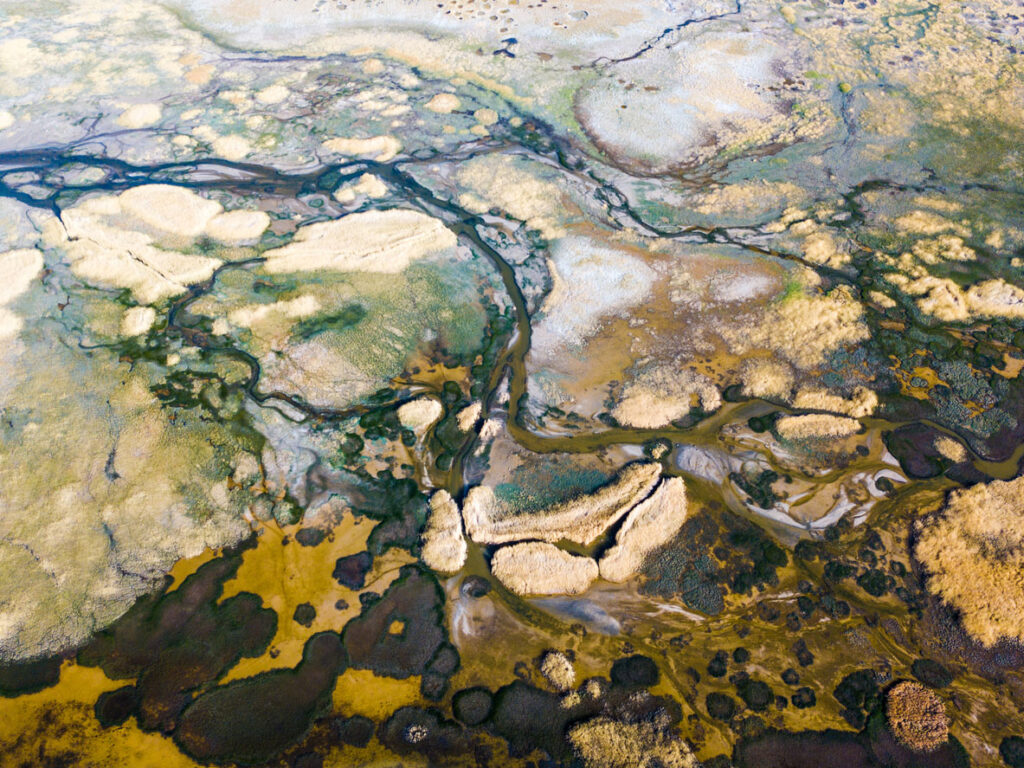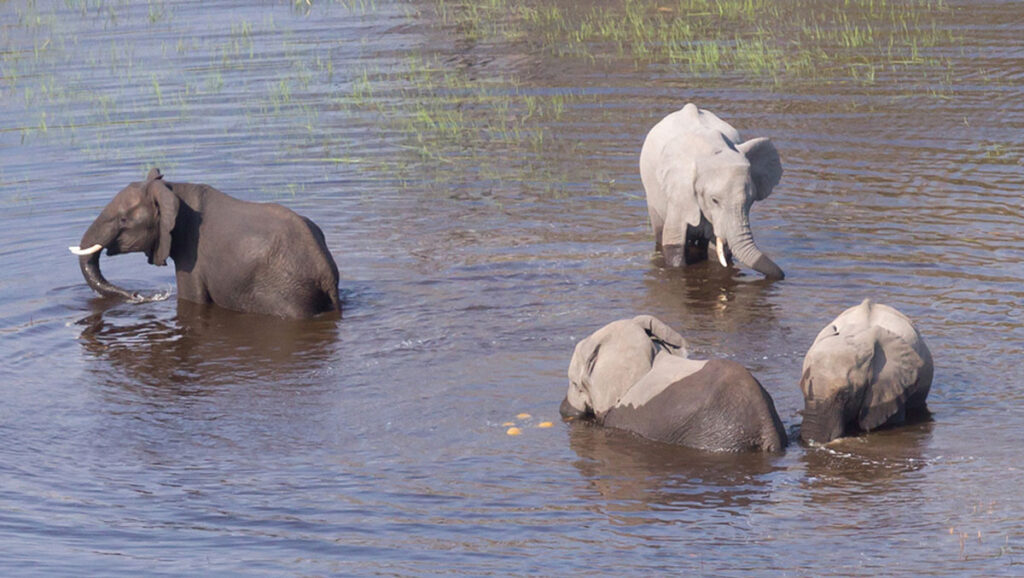Kaza Mapping
Spatial Informatics Group developed a toolset for the Kavango-Zambezi Transfrontier Conservation Area (KAZA) that uses a Regional Land Cover Monitoring System (RLCMS) to map land cover classifications in the area. KAZA, the second largest terrestrial conservation area in the world, comprises parts of five countries in Southern Africa. SIG’s system, built with Google Earth Engine, is intended to provide local users with easy-to-use technology to improve monitoring of the area.



